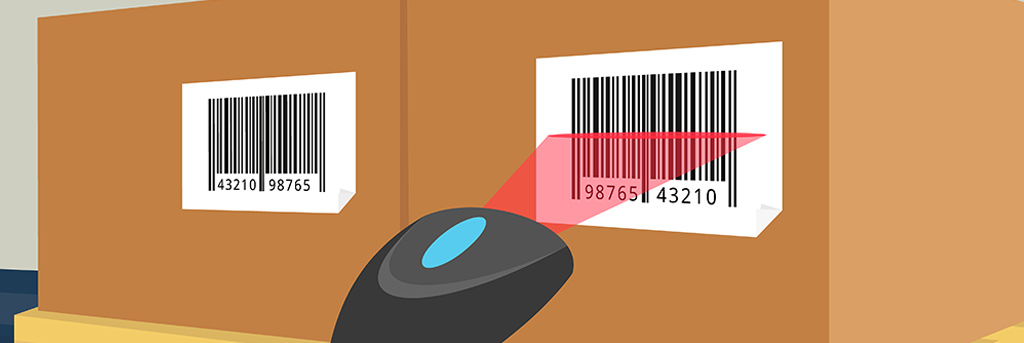
The first successful system using barcodes was in the UK supermarket group Sainsbury's in 1972 using shelf-mounted barcodes which were developed by Plessey. Their use has spread to many other tasks that are generically referred to as automatic identification and data capture (AIDC). Laurer's barcode, with vertical bars, printed better than the circular barcode developed by Woodland and Silver.
#BARCODE BASICS AND ADVANCED CODE#
The Uniform Grocery Product Code Council had chosen, in 1973, the barcode design developed by George Laurer. īarcodes became commercially successful when they were used to automate supermarket checkout systems, a task for which they have become almost universal. The project was abandoned after about ten years because the system proved unreliable after long-term use. The plates were read by a trackside scanner located, for instance, at the entrance to a classification yard, while the car was moving past. Two plates were used per car, one on each side, with the arrangement of the colored stripes encoding information such as ownership, type of equipment, and identification number. Developed by General Telephone and Electronics (GTE) and called KarTrak ACI (Automatic Car Identification), this scheme involved placing colored stripes in various combinations on steel plates which were affixed to the sides of railroad rolling stock. An early use of one type of barcode in an industrial context was sponsored by the Association of American Railroads in the late 1960s. UK magazine Modern Railways December 1962 pages 387–389 record how British Railways had already perfected a barcode-reading system capable of correctly reading rolling stock travelling at 100 mph (160 km/h) with no mistakes. However, it took over twenty years before this invention became commercially successful. The invention was based on Morse code that was extended to thin and thick bars. The barcode was invented by Norman Joseph Woodland and Bernard Silver and patented in the US in 1952.
#BARCODE BASICS AND ADVANCED SOFTWARE#
A mobile device with a built-in camera, such as smartphone, can function as the latter type of 2D barcode reader using specialized application software (The same sort of mobile device could also read 1D barcodes, depending on the application software). 2D barcodes can also be read by a digital camera connected to a microcomputer running software that takes a photographic image of the barcode and analyzes the image to deconstruct and decode the 2D barcode.

2D barcodes can be read using purpose-built 2D optical scanners, which exist in a few different forms. Later, two-dimensional (2D) variants were developed, using rectangles, dots, hexagons and other patterns, called matrix codes or 2D barcodes, although they do not use bars as such. These barcodes, now commonly referred to as linear or one-dimensional (1D), can be scanned by special optical scanners, called barcode readers, of which there are several types. Initially, barcodes represented data by varying the widths, spacings and sizes of parallel lines.

A barcode or bar code is a method of representing data in a visual, machine-readable form.


 0 kommentar(er)
0 kommentar(er)
